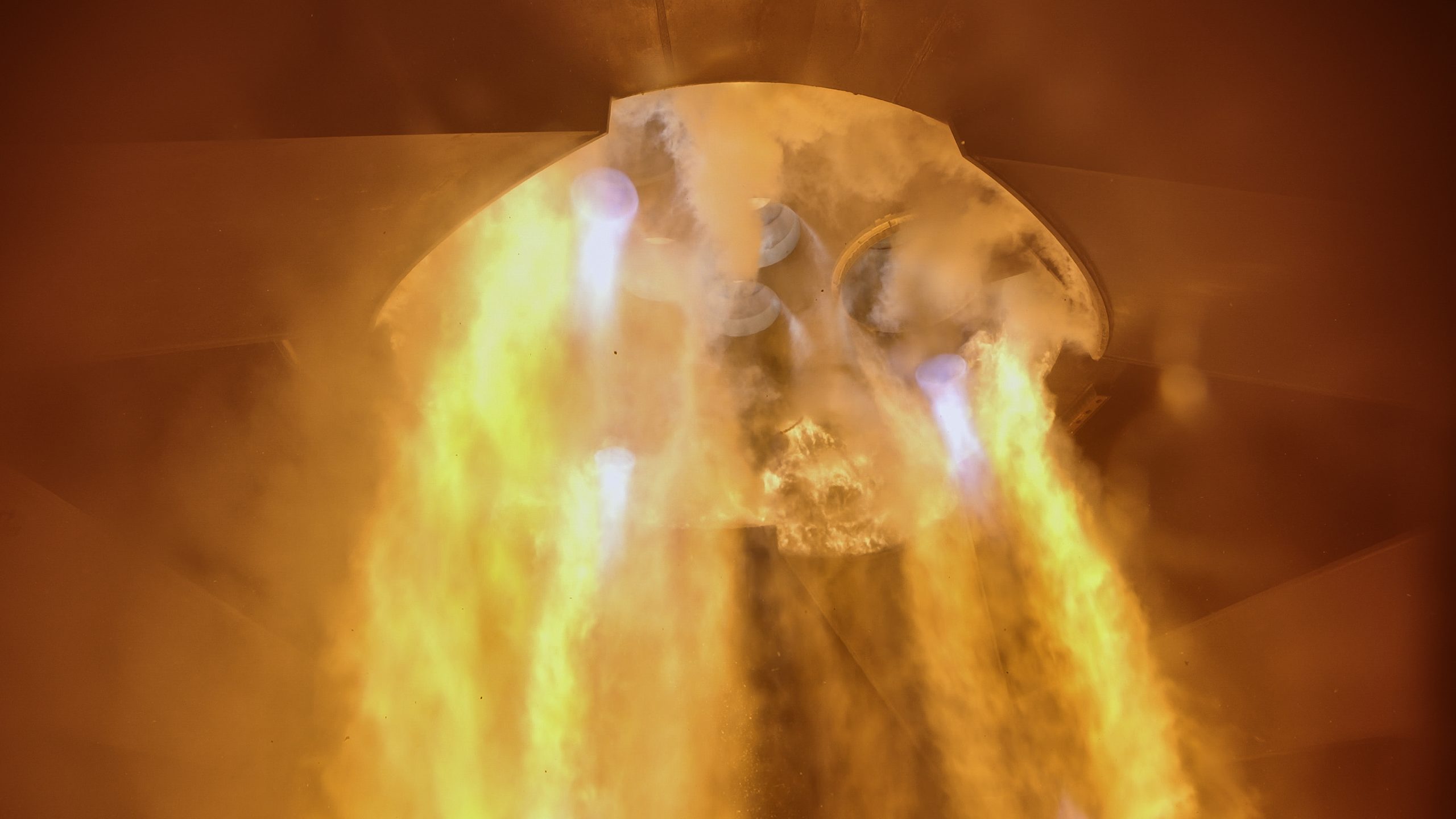
This content is not intended as investment advice. The author holds no shares in any of the companies referenced. Wccftech.com adheres to a disclosure and ethics policy.
Elon Musk has announced that SpaceX plans to launch its Starship rocket to Mars next year, stating that the company will not miss future Mars transfer windows. The development of the Starship rocket is currently ongoing in Texas, where SpaceX recently completed its seventh test flight in January. Unfortunately, the second-generation upper-stage rocket encountered issues and exploded shortly after launch during its Flight 7. Each Mars transfer window appears every two years, and following last year’s opportunity in November, SpaceX aims for its next chance to reach the Red Planet in late 2026.
Speeding Up Starship Testing at SpaceX
This February, SpaceX has ramped up its Starship testing efforts. The company has successfully conducted a static fire test of the Super Heavy booster and the upper stage vehicle, with the latter occurring earlier this week. This unique static fire test involved the ignition of the rocket’s engines for one minute, simulating conditions experienced during flight. The failure during Flight 7 was attributed to the rocket’s propellant system, linked to an engine bay fire that resulted in debris falling over the Caribbean after the explosion.
According to SpaceX, the recent static fire tested all six engines, varying power levels to replicate flight conditions. However, it seems that Flight 8 is unlikely to occur this month due to the need for further upgrades based on the outcomes of the upper-stage static fire test, which will enhance the rocket’s hardware and flight profile.
A significant update set to debut on either Flight 8 or subsequent missions involves new catch hardware. SpaceX has successfully caught the Super Heavy booster with its launch tower on two occasions and intends to incorporate a similar procedural catch for the Starship in the future.
The Starship that was part of Flight 7 featured catch hardware designed to test its feasibility for upcoming missions. Recent footage from local media has revealed this catch hardware on a craft believed to be prepared for Starship Flight 10.
SpaceX constructs its Starship rockets in segments and assembles them within large manufacturing bays. Recent media images show the upper-stage ship’s nosecone and payload bay being produced at SpaceX’s Starfactory in Texas.
Notably, the nose cone includes two pins akin to those on the Super Heavy booster; these are intended for stabilizing the rocket during a catch attempt on the launch tower in future tests.
In contrast to the Super Heavy booster, the upper-stage Starship must re-enter Earth’s atmosphere before reaching the tower. Consequently, the design of the catch hardware is critical to ensure it withstands reentry intact.
Moreover, since the tower aims to catch Starship from its top section to avoid tipping, the catch hardware placement needs to be near the heat shield tiles, necessitating thorough testing of various parts of the heat shield for potential weaknesses.
As SpaceX works diligently to implement insights from Flight 7 and prepare for Flight 8, Elon Musk is confident that the organization will capitalize on every Mars launch window available. Planetary dynamics change every two years, aligning Earth and Mars to shorten travel distance. In a recent post, Musk stated, “There will be no wasted launch window,” reinforcing the goal of sending Starship to Mars in late 2026 to seize the next opportunity.
S36 nosecone and payload section have rolled out of Starfactory, and she’s prepped for catching! pic.twitter.com/BMjJVNKZUR
— LabPadre Space (@LabPadre) February 12, 2025









